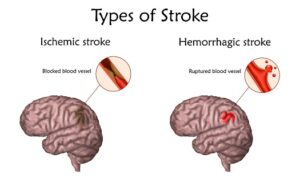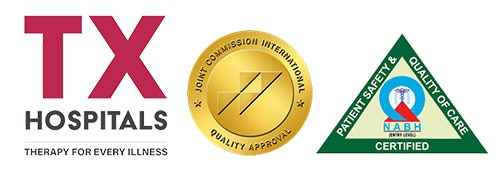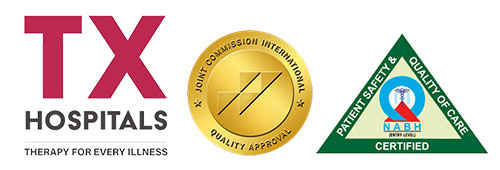Introduction
A stroke, also known as a cerebrovascular accident (CVA), occurs when the blood supply to the brain is disrupted, leading to damage or death of brain cells. Strokes can be caused by a blockage in a blood vessel (ischemic stroke) or by bleeding in the brain (hemorrhagic stroke). Strokes are medical emergencies and require immediate medical attention. Prompt diagnosis and treatment are crucial for minimizing brain damage and maximizing recovery.

Symptoms
The symptoms of a stroke can vary depending on the area of the brain affected.
Common symptoms may include:
- Sudden weakness or numbness on one side of the face, arm, or leg, often affecting just one side of the body.
- Difficulty speaking or understanding speech.
- Confusion, trouble with coordination, or dizziness.
- Severe headache without an apparent cause.
- Sudden vision problems in one or both eyes.
- Trouble walking or maintaining balance.
These symptoms typically occur suddenly and without warning. It’s important to note the time when symptoms first appear, as this information is crucial for determining treatment options.
Diagnosis
Diagnosing a stroke involves a comprehensive evaluation by a healthcare professional. The diagnostic process may include:
Medical history and physical examination: A detailed discussion of symptoms,medical history, and a thorough neurological examination.
Imaging tests: Imaging techniques such as computed tomography (CT) scan or magnetic resonance imaging (MRI) can provide detailed images of the brain to determine the type and location of the stroke.
Blood tests: Blood tests can help identify risk factors and determine the cause of the stroke, such as high cholesterol or blood clotting disorders.
Electrocardiogram (ECG): An ECG may be performed to evaluate the heart’s electrical activity and assess for any irregularities that could contribute to the stroke.
Treatment
The treatment of a stroke depends on whether it is an ischemic or hemorrhagic stroke and how quickly medical attention is received. Treatment options may include:
Ischemic stroke treatment:
Thrombolytic therapy: The administration of medication to dissolve the blood clot causing the stroke, typically within a few hours of symptom onset.
Mechanical thrombectomy: A procedure to physically remove the clot using specialized devices, typically performed within a specific time window and in eligible cases.
Medications Antiplatelet or anticoagulant medications may be prescribed to prevent further clot formation and reduce the risk of future strokes.
Hemorrhagic stroke treatment:
Surgery: In some cases, surgery may be necessary to remove the blood clot or repair the bleeding blood vessel.
Medications and supportive care: Medications to control blood pressure, prevent seizures, and reduce brain swelling may be administered.
Rehabilitation: After the acute phase of treatment, stroke rehabilitation is crucial for recovery.
This may involve:
Physical therapy: Exercises and activities to improve mobility, strength, and balance.
Occupational therapy: Techniques to regain skills for activities of daily living, such as dressing, eating, and bathing.
Speech therapy: Exercises to help regain speech and language skills, as well as swallowing abilities.
Psychological support: Counseling or support groups to address emotional and psychological challenges that may arise from the stroke.
Life style Changes
Making certain lifestyle changes can help reduce the risk of recurrent strokes and promote overall health:
Managing blood pressure: Keeping blood pressure under control through lifestyle modifications, medication, or a combination of both.
Controlling diabetes: Proper management of diabetes through diet, medication, and regular monitoring.
Quitting smoking: Quitting smoking and avoiding exposure to secondhand smoke.
Eating a healthy diet: Consuming a balanced diet rich in fruits, vegetables, whole grains, and lean proteins.
Engaging in regular exercise: Participating in physical activity as recommended by healthcare professionals, taking into account individual capabilities and limitations.
Limiting alcohol consumption: Drinking alcohol in moderation or avoiding it altogether.
Managing stress: Implementing stress-reduction techniques, such as meditation, relaxation exercises, or engaging in hobbies and activities that promote relaxation.
It’s important to consult with a healthcare professional for an accurate diagnosis, personalized treatment plan, and guidance on lifestyle modifications for stroke prevention and recovery.







